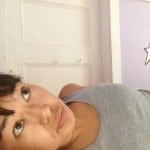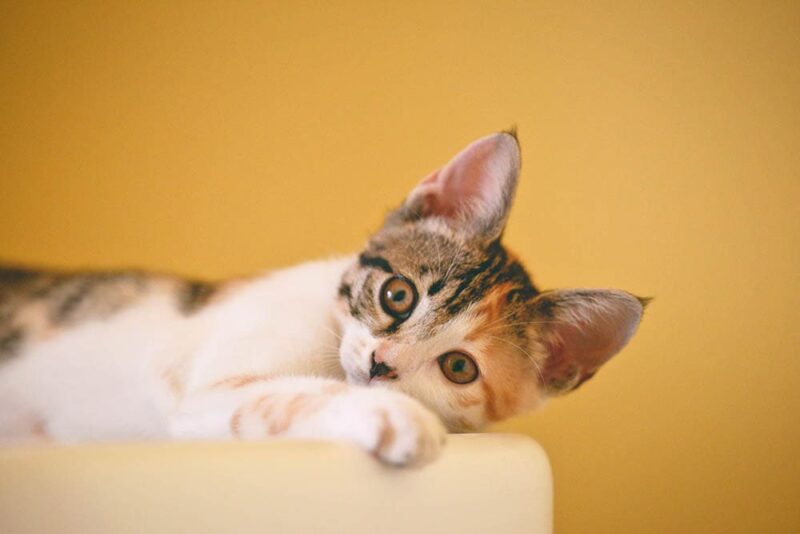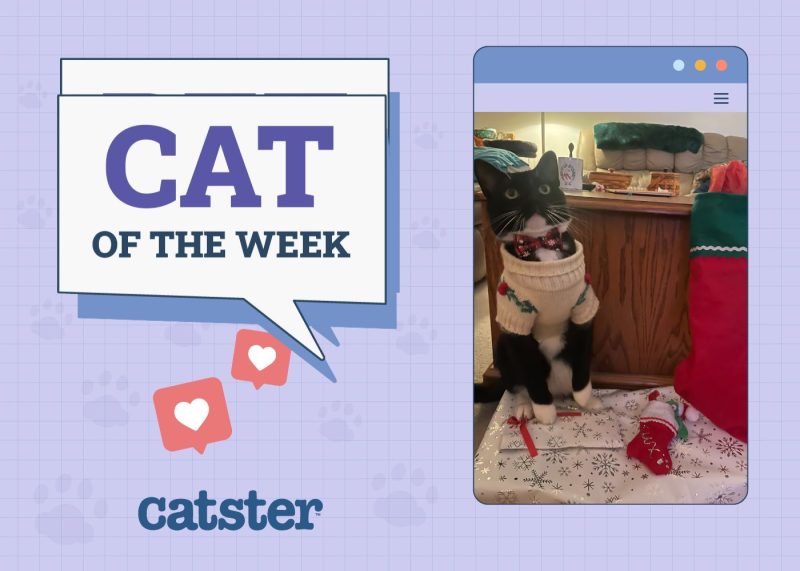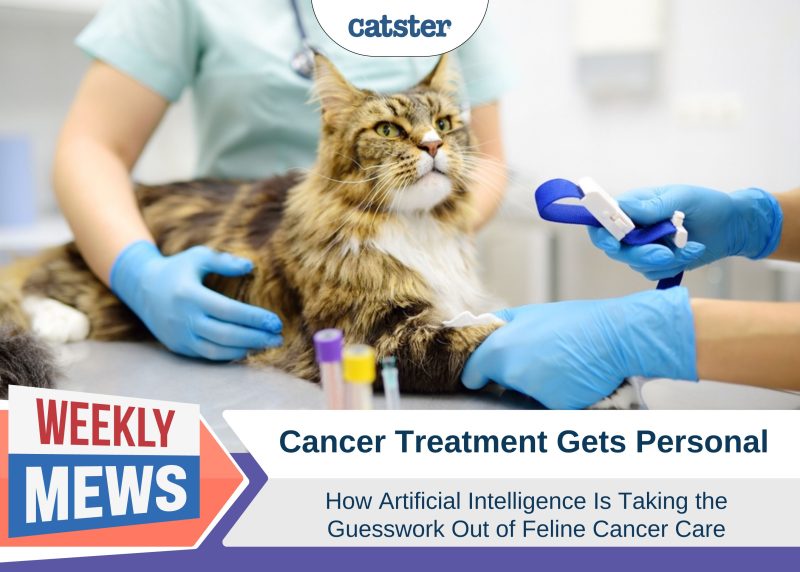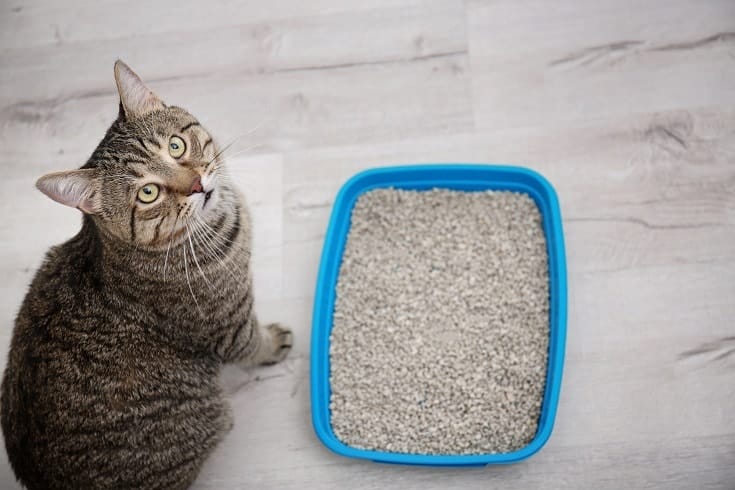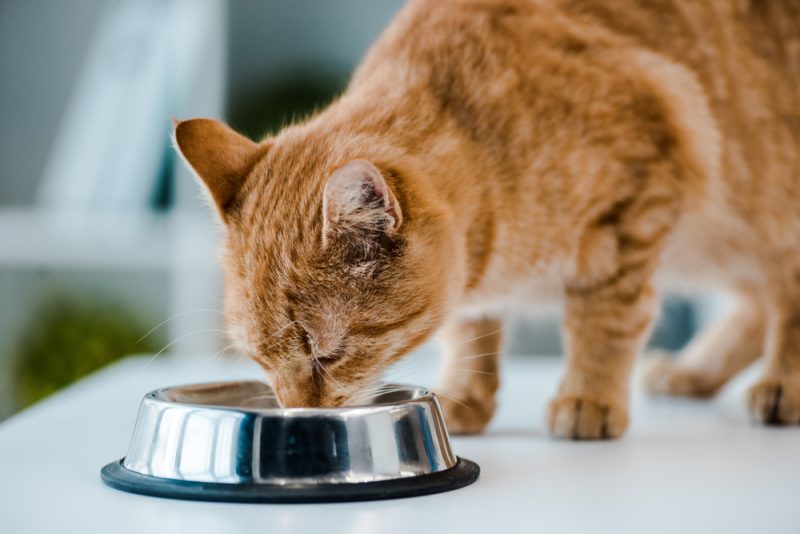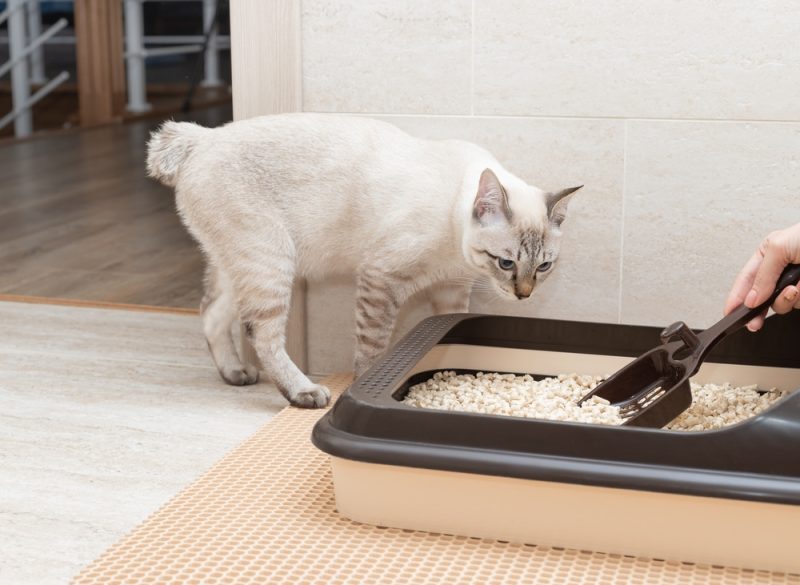Many people know of someone who has had a stroke. The signs and symptoms of a stroke are generally well-known, as is the need for immediate action if a stroke is suspected.
But what about strokes affecting our feline companions? Do they occur under similar circumstances, and with comparable signs to humans? What do you need to do if you suspect your cat has had a stroke? Will they be able to recover? Unfortunately, the prognostic data for felines following a stroke is limited. However, affected cats can recover from this serious condition.
The following article will discuss strokes in felines—including the signs, causes, treatment, and prognosis for this condition—ensuring that you have the most relevant information regarding this important topic.

What Is a Stroke?
A stroke, also known as a cerebrovascular accident (CVA), occurs when an area of the brain suffers a sudden disruption in blood flow leading to neurologic signs. CVAs are the most common presentation of cerebrovascular disease (CVD), a term that encompasses various conditions which affect blood flow through the brain.
CVAs are typically classified into two categories: ischemic strokes and hemorrhagic strokes. Ischemic strokes occur secondary to blockage of a blood vessel in the brain, which results in affected brain tissue being deprived of oxygen and glucose. Hemorrhagic strokes occur as a result of a ruptured cerebral blood vessel, which leads to bleeding into or around the brain.
Stroke Signs in Cats
To be classified as a stroke, signs in affected animals must be noted for greater than 24 hours. Signs of stroke in felines may vary depending on the size, location, and severity of the CVA, and often include the following:
- Change in mental status
- Seizures
- Head tilt
- Circling to one side
- Abnormal eye movement
- Asymmetrical appearance of the eyes
- Weakness
- Unsteady gait
- Abnormal posture
In cases of stroke, signs typically appear abruptly and may progress for up to 72 hours before plateauing, and then slowly beginning to improve. Hemorrhagic strokes, however, may progress more rapidly than ischemic strokes and tend to be more severe, as they typically involve larger areas of the brain.
While the above signs may be associated with a stroke, it is important to note that they may also be seen with other conditions as well, such as vestibular disease. Your veterinarian will be best able to assess and make recommendations regarding any concerning signs and what they may indicate for your cat.
If you need to speak with a vet but can't get to one, head over to PangoVet. It's an online service where you can talk to a vet online and get the advice you need for your pet — all at an affordable price!

What Causes a Stroke in Cats?
Underlying health issues may increase your cat’s risk of having a stroke. This elevated risk often occurs secondary to conditions resulting in either high blood pressure or an increased risk of blood clot formation.
The conditions that have been associated with an elevated risk of cerebrovascular disease in felines include:
- Cancer
- Heart disease
- Cuterebra larval migrans
- Heartworm disease
- Chronic kidney disease
- Hyperthyroidism
- Hyperaldosteronism
In addition to the abovementioned medical conditions, trauma (such as being hit by a car) may also lead to a CVA in affected felines.
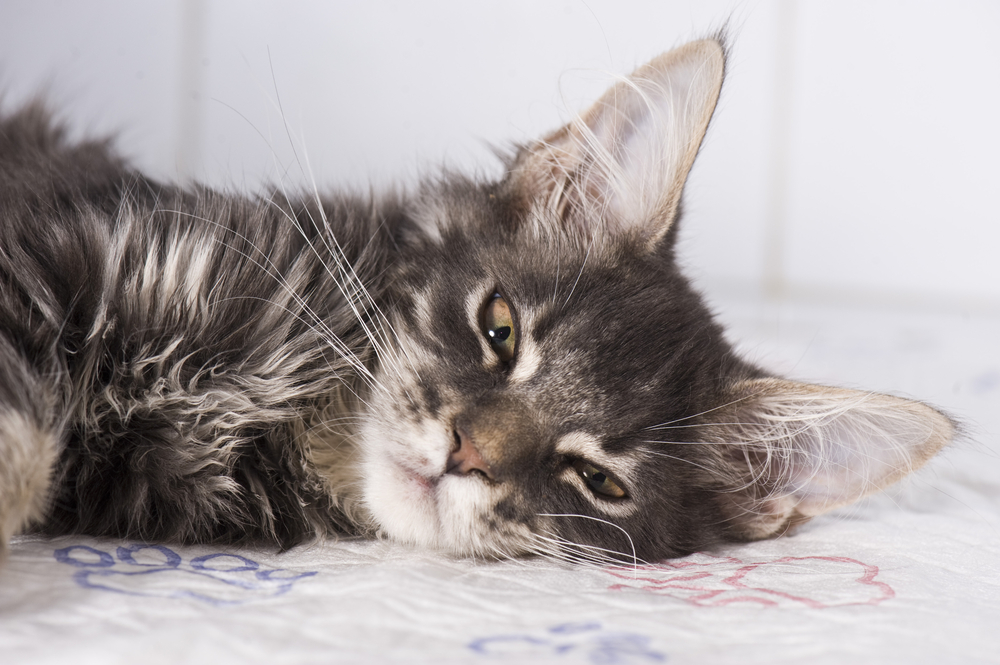
How Is a Stroke Diagnosed?
If you suspect your cat may have had a stroke, prompt evaluation by a veterinarian is recommended. Your veterinarian will discuss your cat’s signs and perform a full physical exam for further evaluation. They will likely recommend additional testing, such as blood work (including checking a thyroid level), urine testing, blood pressure evaluation, x-rays, or an ultrasound. These tests will provide more information and help rule out other conditions that could be responsible for your cat’s symptoms.
To more definitively diagnose a stroke, your veterinarian may recommend advanced brain imaging, such as an MRI (magnetic resonance imaging) or a CT (computed tomography) scan at a referral institution.
Stroke Treatment in Felines
Therapy for strokes in cats involves the identification and treatment of underlying disease, as well as stabilization and supportive care to prevent secondary brain damage during the acute onset of signs. Supportive therapy for felines experiencing a stroke may include:
- Osmotic diuretics: Osmotic diuretics are a type of medication used to decrease the pressure around the brain, and may be used in cases of stroke caused by trauma or brain tumors. Elevation of the head is also a strategy used to reduce intracranial pressure.
- Blood pressure management: Maintaining normal blood pressure is important in patients suffering from a stroke. This may be accomplished by either intravenous fluid use in cases of low blood pressure, or antihypertensive medication in cases of extremely elevated blood pressure.
- Oxygen therapy: Felines suffering from a stroke can sometimes be hypoxic, meaning that they have a low level of oxygen in their body tissues. If signs of hypoxia are noted, administration of oxygen is recommended.
- Anticonvulsant medication: Anticonvulsant medication may be used to control seizures in cats that have suffered a stroke.
In addition to the above-noted treatments, nursing care—such as assisting affected felines with eating, drinking, and using the litterbox—is also essential to their recovery.

Stroke Prognosis in Cats
Unfortunately, specific prognostic information for cats following a stroke is limited. In general, the prognosis for companion animals that experience a stroke is variable and will depend on the severity of the lesion in the brain, the response to supportive care, and the presence of an underlying disease process.
A recent case study detailing ischemic CVD in felines demonstrated an overall good prognosis for recovery, and that recovery is commonly reported for dogs with acute ischemic CVD. Hemorrhagic stroke appears to be associated with a higher mortality rate but is, thankfully, noted less commonly than ischemic stroke.

Closing Thoughts
In conclusion, while there is not an abundance of data relating to stroke prognosis in felines, there is hope that an affected cat should be able to recover with appropriate supportive care. The presence of underlying disease, however, will be an important factor influencing long-term prognosis. If your cat has experienced a stroke, a discussion with your veterinarian will offer the most accurate picture of what you can expect in terms of recovery from this condition.
Related Reads:
- Giardia in Cats: Causes, Signs & Care
- Pancreatic Cancer in Cats: Symptoms, Care, & Treatment (Vet Answer)
Featured Image Credit By: Cong H, Unsplash
